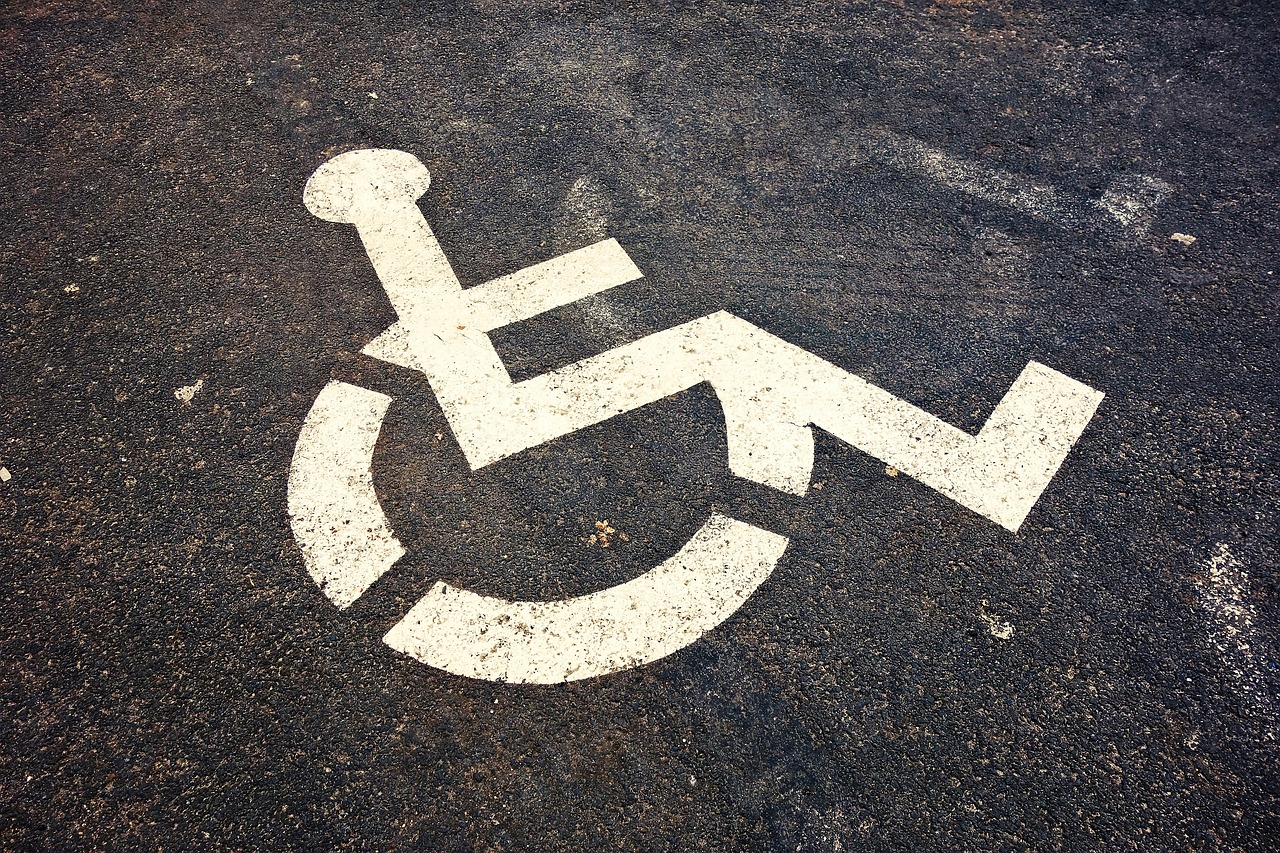
Every year, thousands of Americans battle for Social Security disability benefits–including those who have already won their case. The sheer number of errors and red tape frustrates both sides of political lines, as well as Social Security officials themselves.
So how does something that should be straight-forward and helpful to those who need it most manage to become a nearly insurmountable obstacle in the lives of those who are disabled? Let’s take a look.
The Claim Process
It is important to have an understanding of what the claim process looks like to begin with. Here’s a quick step-by-step guide:
1. Initial Claim for Benefits
When someone finds themselves disabled, they send a claim for benefits straight to the Social Security Administration (SSA). As of fiscal year 2022, roughly 38% of applicants are approved on their first try.
2. First Level of Appeal
For those who are initially denied, they can appeal directly to the SSA for a reconsideration. Only about 15% of these appeals are approved. For everyone else that wants to continue fighting, they need to go to court.
3. Hearings In Front Of An Administrative Law Judge
Administrative Law judges are appointed by the SSA specifically to hear Social Security cases. They can call on medical and vocational experts to determine whether the claimant can still work. About 50% of these claimants are awarded benefits. The other half can continue up to the Social Security Appeals Council before going on to federal court.
4. Appeals to the Social Security Appeals Council
An internal Social Security office needs to review each case before it can go on to the federal courts. About 12% of these cases are remanded (sent back to the Judge who made the hearing decision for another hearing). Approximately 84% are denied.
5. Appeals to Federal Court
The slim percentage of people who make it to federal court can have their cases reviewed for errors by the SSA and Administrative Law Judge. About 58% of these cases are remanded, with judges ruling in favor of the claimant, and about 38% are denied.
Why Are There So Many Denials?
In 2022, federal judges found that nearly 6 out of every 10 cases had significant errors that led to a denial of benefits. Part of the reason for those errors lies in the SSA itself: the agency requires judges to hear 600 cases a year–with up to 50 cases per month. With that large of a caseload, it’s no wonder that judges make errors despite their best efforts–often, they don’t even have 3 hours to deliberate on a case.
Additionally, the process contains a certain number of rejections. While administrative judges approved about 70% of appeals just over 20 years ago, now only about 50% of appeals are granted by them.
How The System Works
The errors that the federal judges are catching from administrative cases include an incorrect assessment of whether the claimant can work–often decided by agency-contracted doctors who see the claimant for 15 minutes, rather than their primary physician or specialist–failure to consider medical advice, and factual mistakes.
However, even if a claimant wins their case at the federal level, the federal judges will remand the case back to an administrative judge–often the very same one that denied the first appeal. Then the whole process starts again.
Most disabled people simply don’t have the resources to keep fighting an uphill battle like this. Not even 20% of those who lose their appeal with an Administrative Law Judge go on to the federal level because they simply don’t have the means–money, time, and ability–to keep fighting.
What’s To Be Done?
There is a bit of good news in all of this, and it’s that the US judicial branch and even SSA officers are speaking out to try to improve the process. Many people are actively seeking solutions.
In the meantime, claimants need to continue to fight to get the benefits they need, and we’re here to help you every step of the way. Call Cervoni Disability Law today and we’ll do everything we can to get you your benefits.








